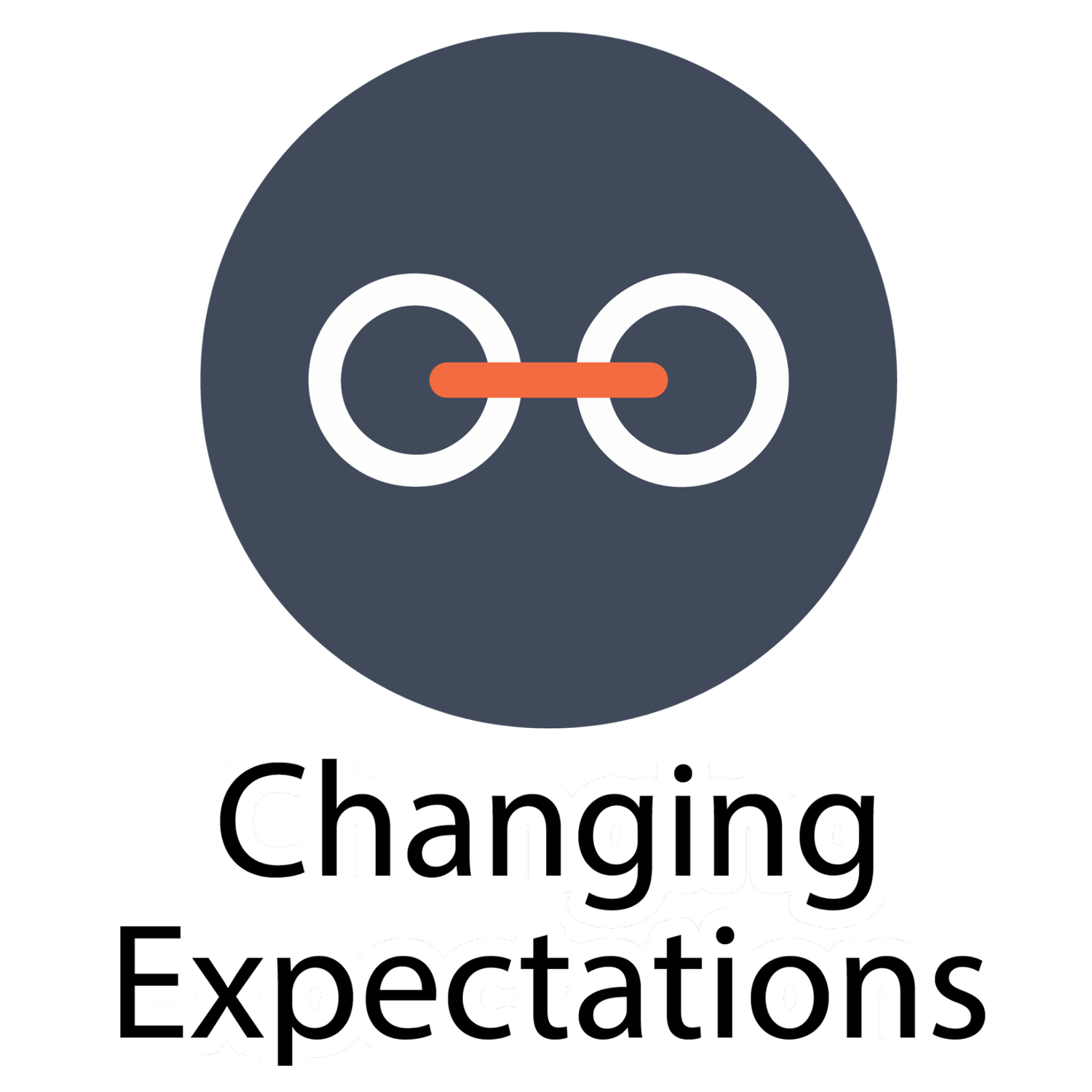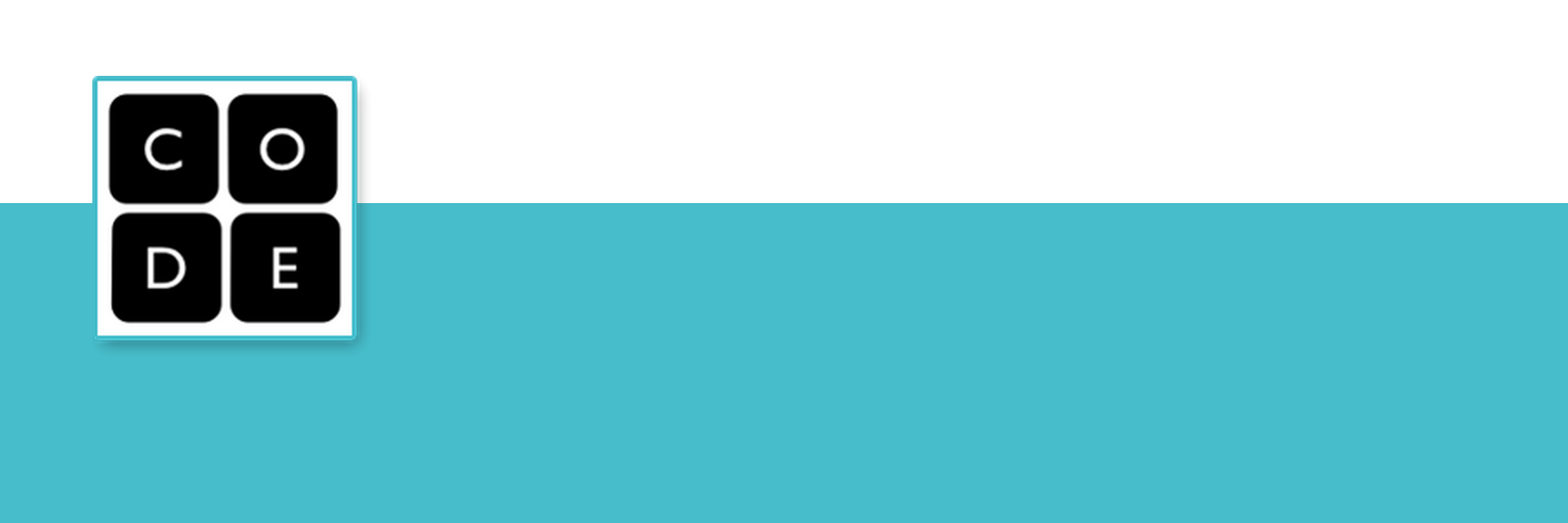We partner with Code.org®, a non-profit dedicated to expanding access to computer science, and increasing participation by women and underrepresented minorities. Our vision is that every student in every school should have the opportunity to learn computer science, just like biology, chemistry or algebra. Code.org organizes the annual Hour of Code campaign, which has engaged 10% of all students in the world, and provides the leading curriculum for K-12 computer science in the largest school districts in the United States.
Below is the agenda for our teacher workshops based on the code.org computer science fundamentals program.
Lesson 1
- The Hour of Code
- Code.org Makes Coding Accessible: Star Wars and Minecraft
- Hour of Code: Best Practices for Successful Educators
- Promoting Computer Science Video
- President Obama on Computer Science
- The White House: Tech Hire
- Federal Student Loans to Cover Some Coding Boot Camps
- Computer Science Careers Binder
Lesson 2
- Code.org: What is Computer Science?
- Facebook: What is Computer Science?
- What is Code?
- Computer Science is for Everyone
- Australia Will Teach Primary Students Computer Coding
- UK to Teach Every Child How to Code
- Why Students Should Major in Computer Science
- Code.org Computer Science Fundamentals Courses Overview
- Sponsor a Summer Coding Camp on the Code.org CS Fundamentals, DASH Robots, & Arduino Maker Projects
- The Case for Investing in Out-of-School Learning as a Core Strategy in Improving STEM
- Code Studio Account Setup and Join Workshop Section
- Group Norms and Location of Bathrooms
- Agenda Review and Explore the Links to Great Resources
TLO Model: Getting Loopy- Unplugged Lesson from Course
lesson 3
- We need one teacher, a group of learners, and a few observers.
- After Miral’s Video, Let’s Get Loopy to “In the Hall of the Mountain King“
- Observations?
- (Teacher Video)
- Intro to Loops
- Getting Loopy Slides
- Code Studio Vocab for Word Posters
- TLO Observer Comments
- Pacing Guide Sample
- Pacing Guide Template
- DRAFT for Feedback: K-5 Math TEKS Connections to Code.org Lessons
- Copy of TEKS+Code k-5
TLO Model: Maze, Loops, Puzzle – Online Lessons (Try it!)
Lesson 4
- Use Pair Programming to Work Online in pairs on Maze Loops
- Try Pair Programming—track the progress of multiple students using one computer!
- Working in Pairs Slide
- Pair Programming Poster
- Code.org’s Puzzle Solving Recipe
- Pair Programming-in-a-Box: The Power of Collaborative Learning
- Observations?
Break (Look for the Code.org Standards Docs on the homepage of the teacher dashboard.)
Lesson 5
- Course 1: For Pre-Readers (ages 4+)
- Course 2: For Readers (ages 6+, New Coders in Middle School, High School)
- Course 3: For Students who have taken Course 2 (ages 8+, New Coders in Middle School, High School)
- Code.org Course 4: Middle School: (ages 10+, after course 3, New Coders in High School)
- Curriculum for Code.org Course 4
- Curriculum Overview
- Computer Science Fundamentals Curriculum Handbook
- Code Studio Course 1 Teacher Videos for Unplugged Lessons
- Code Studio Course 2 Teacher Videos for Unplugged Lessons
- Code Studio Course 3 Teacher Videos for Unplugged Lessons
- Code Studio Course 4 Teacher Videos for Unplugged Lessons
- The Texas Graduation Requirements STEM Endorsement includes a 4-year computer science pathway. You can build that pathway early for students by integrating coding into your lessons.
- “Problem Solving” is in the TEKS for almost every subject = alignment. Other Science, Math, ELA TEKS?
- Code Math TEKS: Motivating Students to Think in Different Directions
CS Teaching and Learning Strategies (Handout) (if on schedule)
lESSON 6
- 4 Corners Activity
- Use Gonoodle for Free Brain Breaks
- Use the Code puzzles and lessons as Incentives, Brain Breaks, to Break Up the Routine, and as Extra Credit
- CS Teaching Tips
CS Vocabulary (Full glossary at the back of curriculum book or online here.)
lESSON 7
- In small group, match the vocabulary with the puzzle below.
- Puzzle 1: http://studio.code.org/s/course2/stage/13/puzzle/3
- Puzzle 2: http://studio.code.org/s/course1/stage/13/puzzle/2
- Puzzle 3: http://studio.code.org/s/course1/stage/16/puzzle/4
- Puzzle 4: http://studio.code.org/s/course2/stage/11/puzzle/3
- Word Bank: Loop, Event, Conditional, Debugging
- Examples of JavaScript an onclick Event
- Group Presentations of Puzzles and Solutions
Teacher, Learner, Observer (TLO) Lessons: 4 Groups of up to 10 in each. Count off by four.
LESSON 8
WITHIN YOUR GROUP, HERE IS THE GROUPING FOR DOING TLO WITH ONE LESSON AS T, ONE AS L, AND ONE AS O.
- Count off by three.
- Group 1: The Big Event – p. 71 (Teacher Materials / Student Video / Teacher Video)
- Group 2: Conditionals with Cards – p. 139 (Teacher Materials / Student Video / Coding with Conditionals – Rubric / If-Else Video / Teacher Video)
- Group 3: Songwriting – p. 207 (Teacher Materials / Student Video / Functions Video / Teacher Video) Flocabulary – Educational Hip-Hop Songs
- Observe for Creativity, Collaboration, Communication, Problem Solving, Persistence
- Identify the aligned Math TEKS for the grade level of students you teach: Project Share Texas: TEKS Search Engine
- Reinforcing the Math TEKS Process Standards
- Reinforce Computational Thinking Practices in Math and Science Classes
- Teach Story Writing through Coding
Lunch/Dinner on Your Own (1 hour) and Group Prep for TLO Lessons (30 min). Decide who will lead which part of the lesson. Complete at least 10 Puzzles :-). See Puzzle progress.
lESSON 9
- Computer Model of Blood Development
- NASA Use of Quantum Computing
- Algorithms to Reduce Air Traffic Congestion
- Computational Sustainability
- Google CS-First for Elementary and Middle School
- Reactions from CS First Host
- Code.org Middle School CS in Algebra
- Code.org Middle School CS in Science
- Stop Teaching Programming, Start Teaching Computational Thought
- Beyond the Hour of Code, Apps for Phones, Tablets
- Teach Creativity through Coding
- Exploring Computational Thinking Lessons and Examples
- Computer and Information Technology Occupations
- Computational Thinking Game
- Computer Science Careers Profiles
- Disney Infinity Play Lab
- Companies Hiring the Most Tech Workers
- Computational Thinking for Educators
- Connecting Code.org Courses to Classrooms
- Fine Arts and Computer Science
- Teacher Led Hour of Code Lesson Plans
Lesson 1 – The Big Event: Group 1 Teaches, Group 2 Learns, Group 3 Observes
lesson 10
- TLO Reflections
- Course 1 Standards Alignment
- How is the lesson aligned to the Math, Science, and ELA TEKS?
- Access, Equity, and Opportunity Observations
Lesson 2 – Conditionals with Cards: Group 2 Teaches, Group 3 Learns, Group 1 Observes
lesson 11
- TLO Reflections
- Course 2 Standards Alignment
- How is the lesson aligned to the Math, Science, and ELA TEKS?
- Access, Equity, and Opportunity Observations
Lesson 3 – Songwriting: Group 3 Teaches, Group 1 Learns, Group 2 Observes
lesson 12
- TLO Reflections
- Course 3 Standards Alignment
- How is the lesson aligned to the Math, Science, and ELA TEKS?
- Access, Equity, and Opportunity Observations
Break – Hour of Code 2015 Video (Sign Up to Introduce Your School to Computer Science)
lesson 13
- President Obama Doing an Hour of Code – 12/8/14
- President Obama and Vice President Biden doing the Hour of Code – 12/8/14
- 100M Hours of Code
- Top 10 Reasons to Code
- Halloween-themed Puzzles from Code.org
- Hour of Code Suggestions by Grade Level
- Change the World – 2015 Hour of Code
- 10 Puzzle Completion Check
- Close Workshop Section, Survey Completion, Order FREE Teacher Kits
lesson 14
- Discuss/Journal for 3 min
- Pair Discussions and Share Out
- Steps Teachers Can Take to Keep Girls and Minorities in Computer Science Education
- Congressional Leaders Call for Greater Diversity in Tech
- Principals at Poor Schools Grossly Underestimate the Demand for Computer Science
- Why Teaching Computer Science to Students of Color Is Vital to the Future of Our Nation
- Diversifying Technology Education
- IBM is celebrating STEM’s Hidden Figures
- Why Coding is Imperative in Public Education
- Few Girls, Minorities Took 2014 AP Computer Science Exam
- Top 10 Ways to Engage Underrepresented Students in Computing
- Promising Approaches to Broadening Youth Participation in STEM
- Resources on Equity
- Bringing Black History to STEM Classes
- Black Girls Code
- 40 Diverse People in Tech Who Made Big Moves in 2015
- Yes We Code
- Girls of Color & Culturally Responsive Approaches to Computing
- Career Spotlight: Software Engineer
- Tech Prep by Facebook: Karen
- Record Growth in Participation by Underrepresented Groups
- Made with Code
- Lack of Diversity Could Undercut Silicon Valley
- FabFems
- Tech Jobs: Minorities Have Degrees, But Don’t Get Hired
- Code Oakland
- Ways to Engage Underrepresented Students in Computing
- To Boost Tech Diversity, K-12 Schools Need to Teach Computer Science
- Girls & Tech: Efforts to Encourage Young Women into Programming
Support / Q&A from today’s meeting
Lesson 15
- http://support.code.org
- support@code.org
- Office Hours (Video Chat)
- Tips on Using Teacher Dashboard: Adding Students
- How to Register Your Class in Code Studio
- Move your students to another section on Code Studio
- New Code Studio Features
- CNET News – Hour of Code
- Guest Speakers in Computer Science
Integration with Commitment
lesson 16
- Small group discussion of challenges to implementation
- Brainstorm potential solutions
- How are you going to use the Code.org courses in your classroom/school?
- Whole group sharing
- Add Coding to Your Elementary Curriculum…Right Now
- Computer Science Custom Search
- An Ode to Coders
Closing Words
lesson 17
- “I am going to be a computer scientist.”
- Code Studio “Wall of Fame”
- Group Photo with the Code.org Selfie Poster
See announcements below. CS Resources for Students, Teachers, and Parents

